Physics in play
– Classical mechanics (free fall)
– Electronics: use of Arduino boards to measure and emit light signals with LEDs
The story in two words
The students embody a group of engineers in support of operations carried out in the field. They discover that they must assist a secret agent who has recovered North Korean leader Kim Jong Un’s smartphone.
Preparations
You need a place where students can work in groups, and craft together. Ideally, a place that is unknown to them, so as to get them out of their habits. A TD room may be suitable, if it is not too full of tables (and if the tables are installed in an island). You also need a place for the ultimate test, with a height difference of about 5m: window, footbridge. Obvious safety conditions must be taken when throwing objects out the window. For hardware, see below.

INTRODUCTION
Show Video KJU I6: A spy in North Korea explains the situation to them – he got Kim Jong Un’s smartphone, he’s going to send them from a wall. There is a security camera. It indicates that the GH12 protocol must be followed.
optional: The supervisor gives them a way to communicate with the spy (ex: via minnit.chat or a whatsapp channel or a discord that the supervisor will use in secret to play the spy). Then let the participants possibly ask questions to clarify the mission.
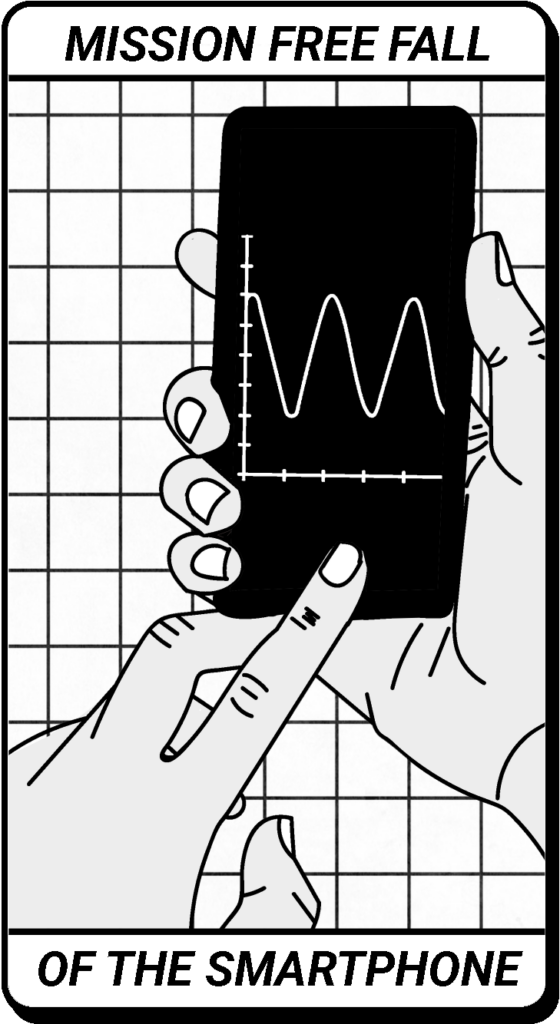
TASK : SMARTPHONE FALL
The morning
The test consists of making a protection to be able to drop a fragile object from above by following the GH12 protocol. Frugal materials are provided, and students work in groups.
Choose from 2 versions of the GH12 protocol to give to students:
– a simple version, the only instruction is that the egg resists the fall.
– a more advanced version, which requires students to do a video analysis of the fall to assess the frictional forces of the air.
Do not hesitate to adjust the constraints according to your students and your objectives, for example:
– the camera must be able to film the fall, which forces the students to slow down the fall (set a minimum duration)
– once the device is on the ground, you have to be sure that the camera has a precise orientation (to film in the right direction).
This activity can be more or less advanced depending on the constraints you impose:
– tracking of the fall by video analysis (use the Fizziq application for example)
– impose a minimum time and orientation constraint during the fall in order to film it.
Typical process :
Device manufacturing time: 1h30 – The students design a device in groups, test it, improve it.
Final test: 20 to 30 mn : all the groups, one after the other (or all at the same time if time is short), test their device in real size (drop it from a height of about 5 m) and check whether the conditions emitted by the protocol are verified. For this test, the smartphone is replaced by an egg: the egg must be intact at the end of the fall. All the students must then agree on the device to be sent to the astronauts (take a photo of the plan and the device that is sent to the spacecraft).
Optional: if we want to avoid having to choose between the different devices (to avoid competitive tensions), we send the plans of all the devices to the astronauts as well as their test results, and we say that they will be the ones who will choose according to their constraints local (equipment, space suits, etc.)
If you have many students: groups of 3/4 students work well. If the groups are larger, we can provide tutorial writer functions: some students take charge of writing instructions for making the device. We can insist on the important nature of this document and its duty of clarity. Otherwise, photos are enough to communicate with the astronauts. If the groups are larger, plan a trajectory analysis activity that is supported by a few students
Equipment: The C2309 kit
These are what the spy has. It can be modified according to your stocks. This is small DIY material, the list offered (in pdf and pptx format) has been tested and works but can be changed easily. Ideally, each group should have a C2309 kit at their disposal, but in practice the easiest way is to make the equipment available in the room. The quantities available are then greater than what is indicated in the kit (you can have 100 straws, even if the kit indicates that the spy only has 10): the groups must be careful not to exceed the quantities in their device (but several groups can use 10 straws).
DIY equipment: in addition to the kit, provide cutters, scissors, glue guns, pliers, protective and cleaning equipment: cutting mat, plastic sheeting, garbage bags, brooms… Eggs must also be provided for the final test.
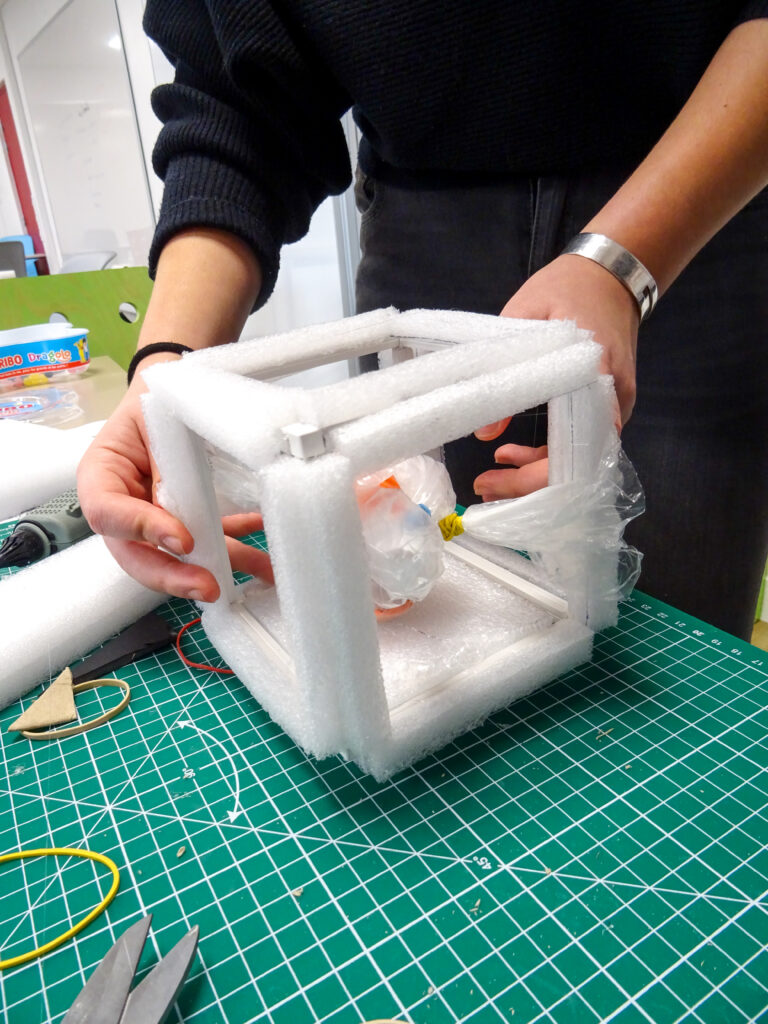
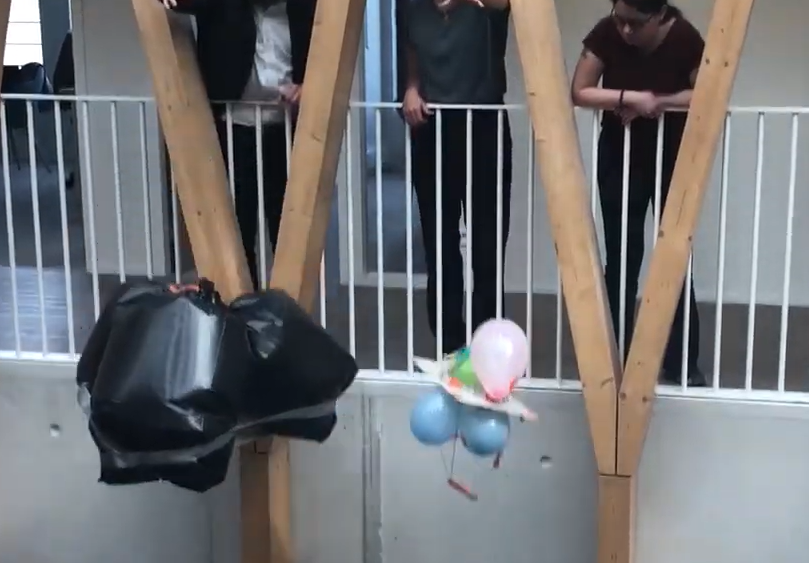
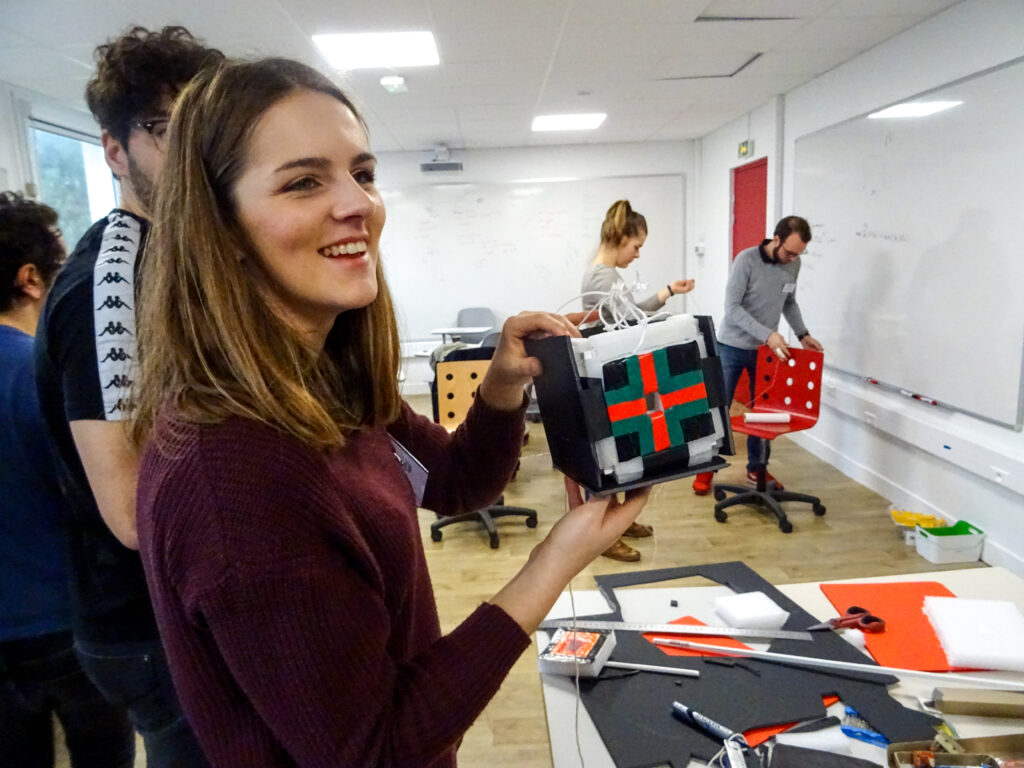
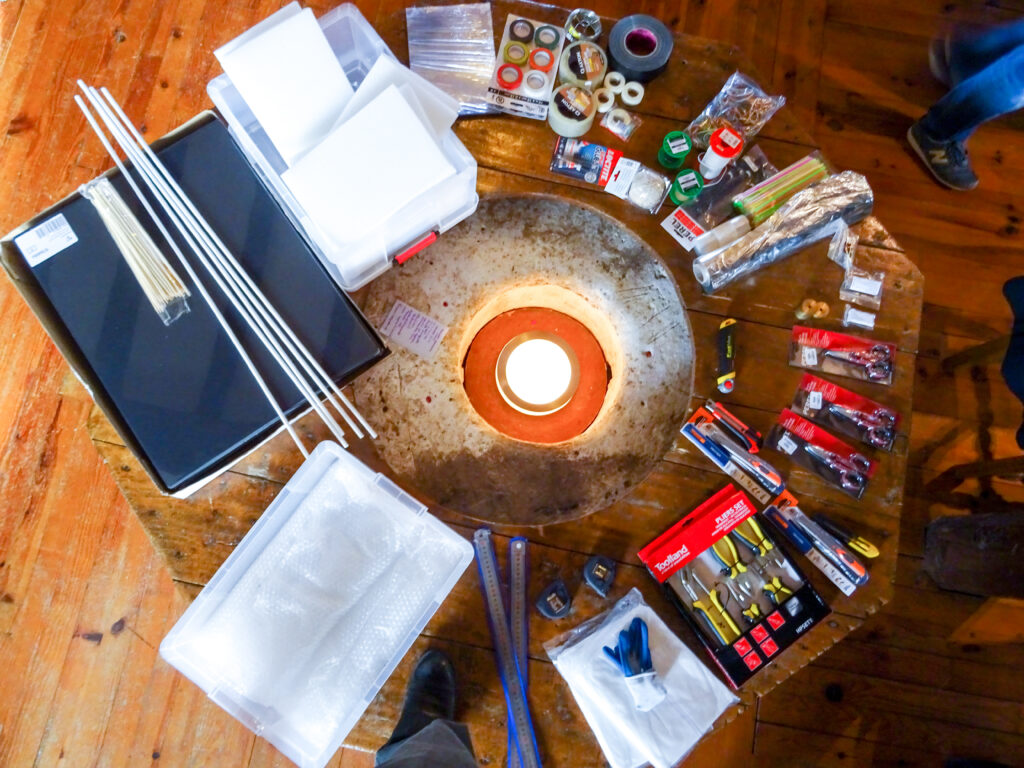
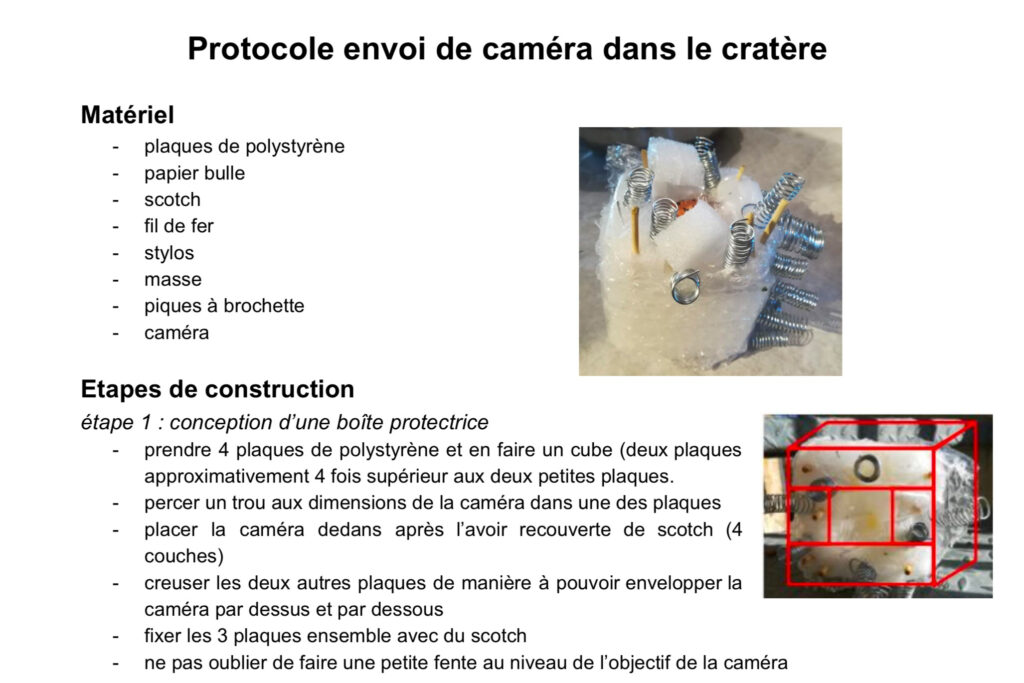
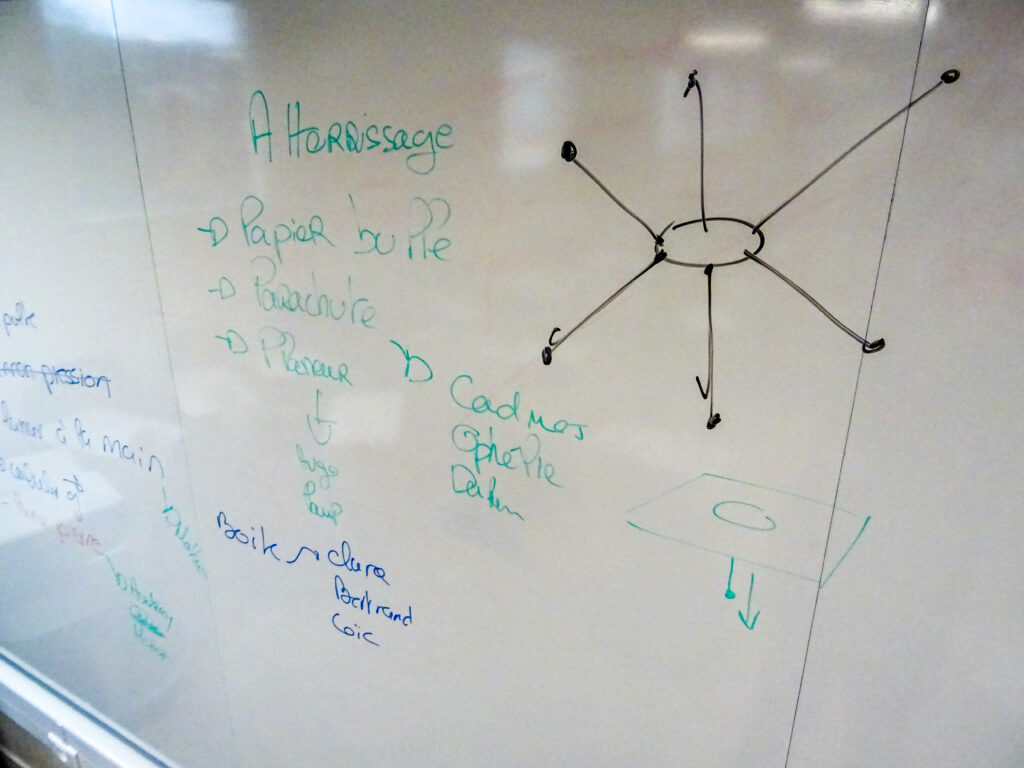
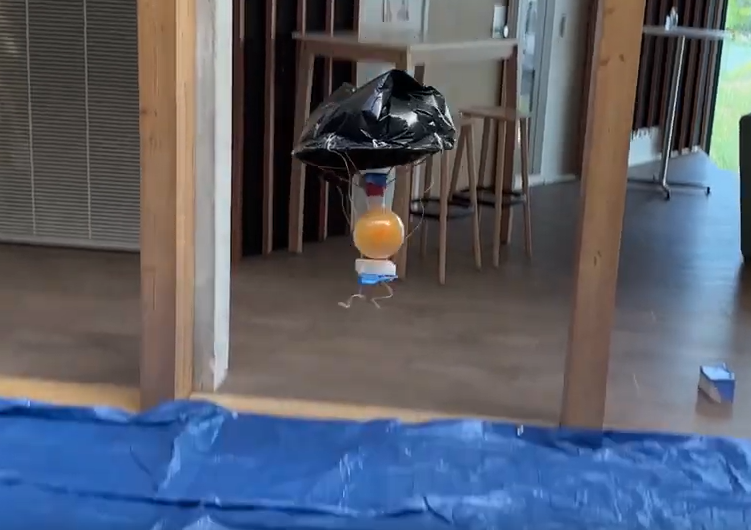
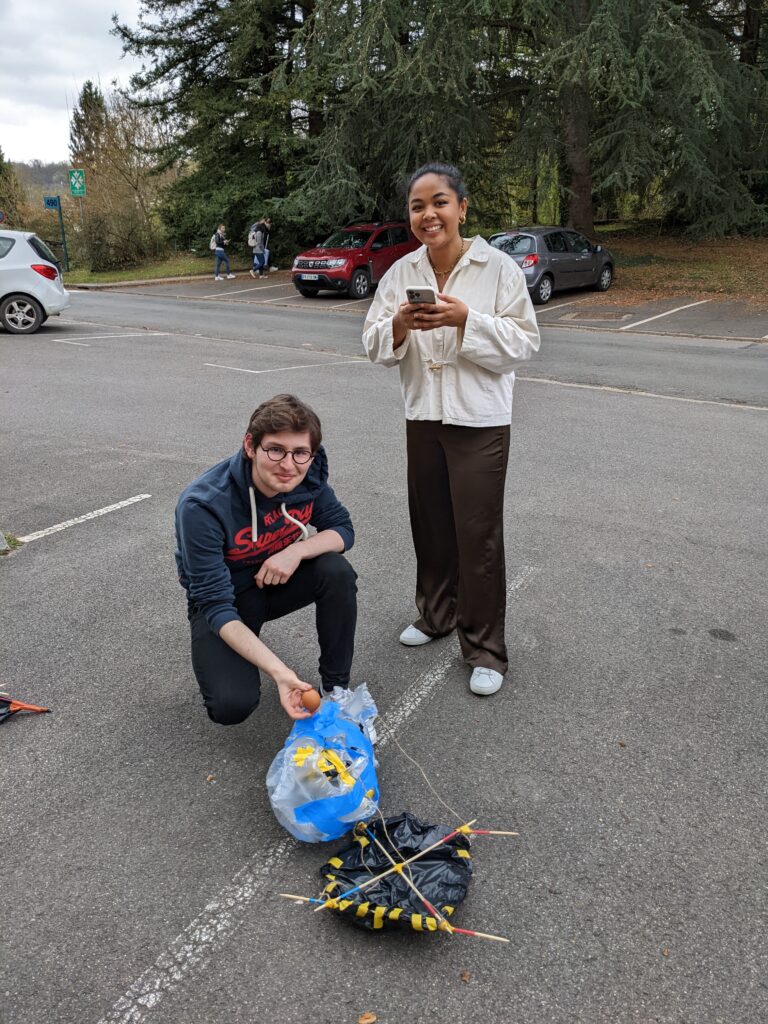
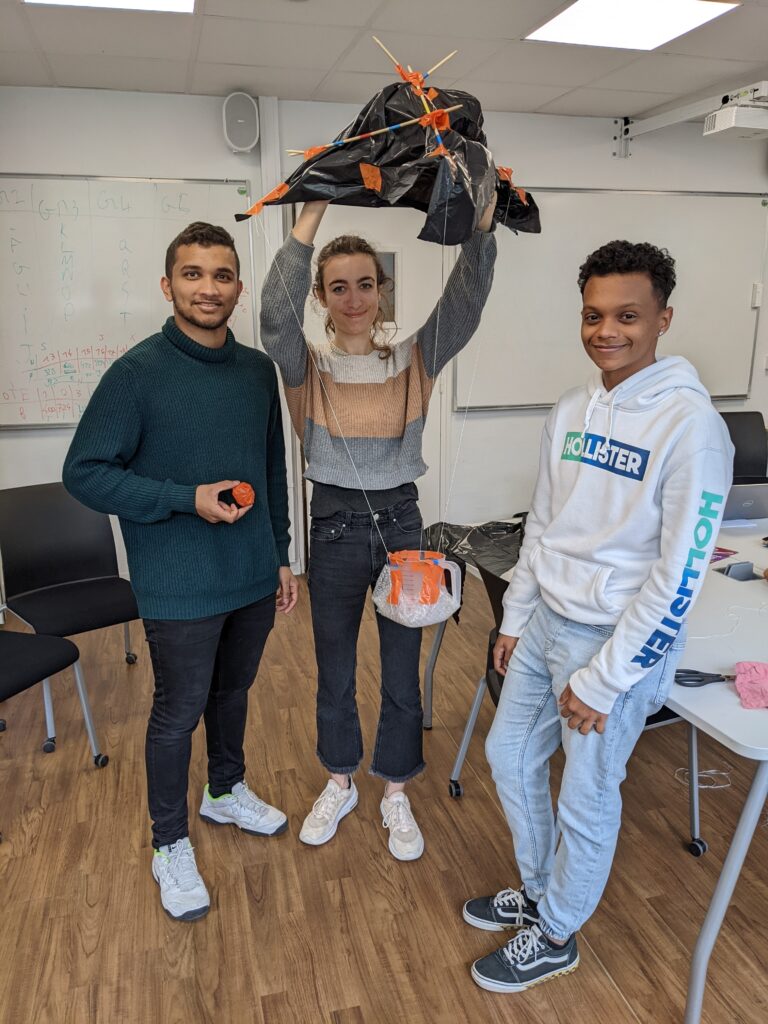
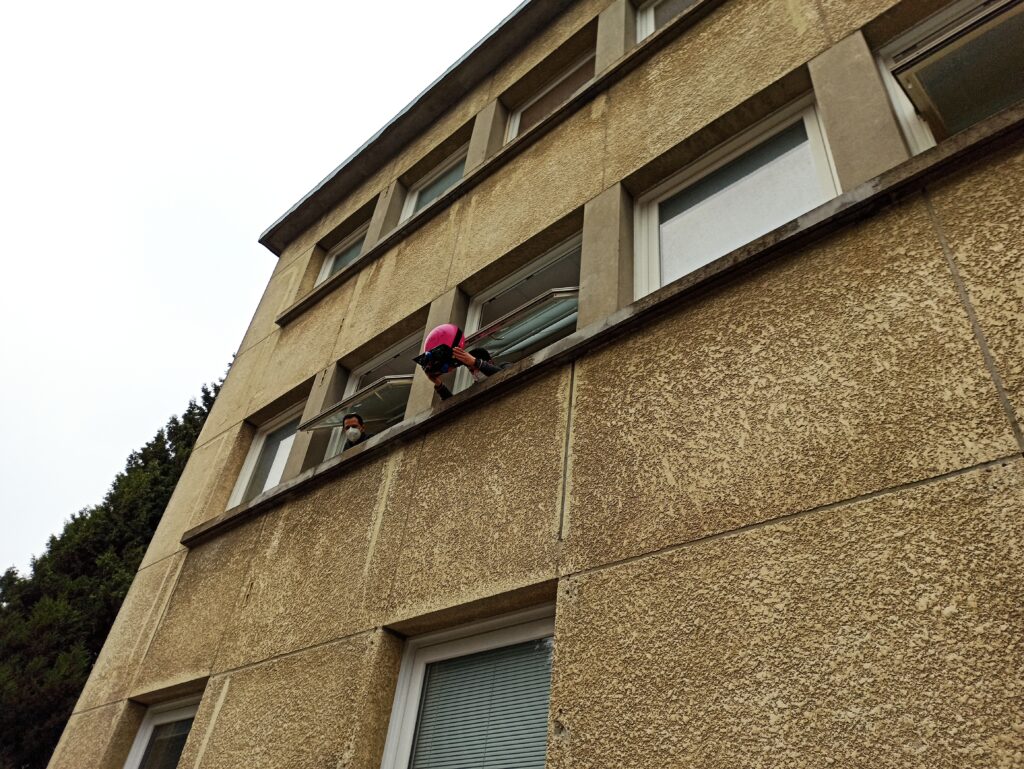
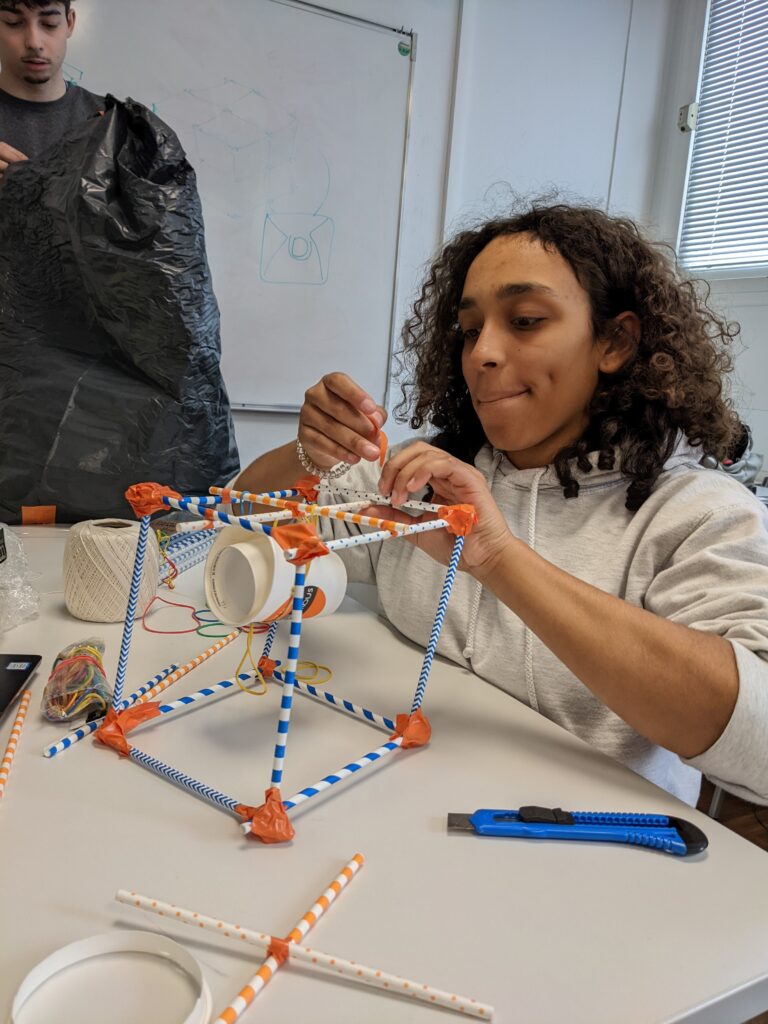
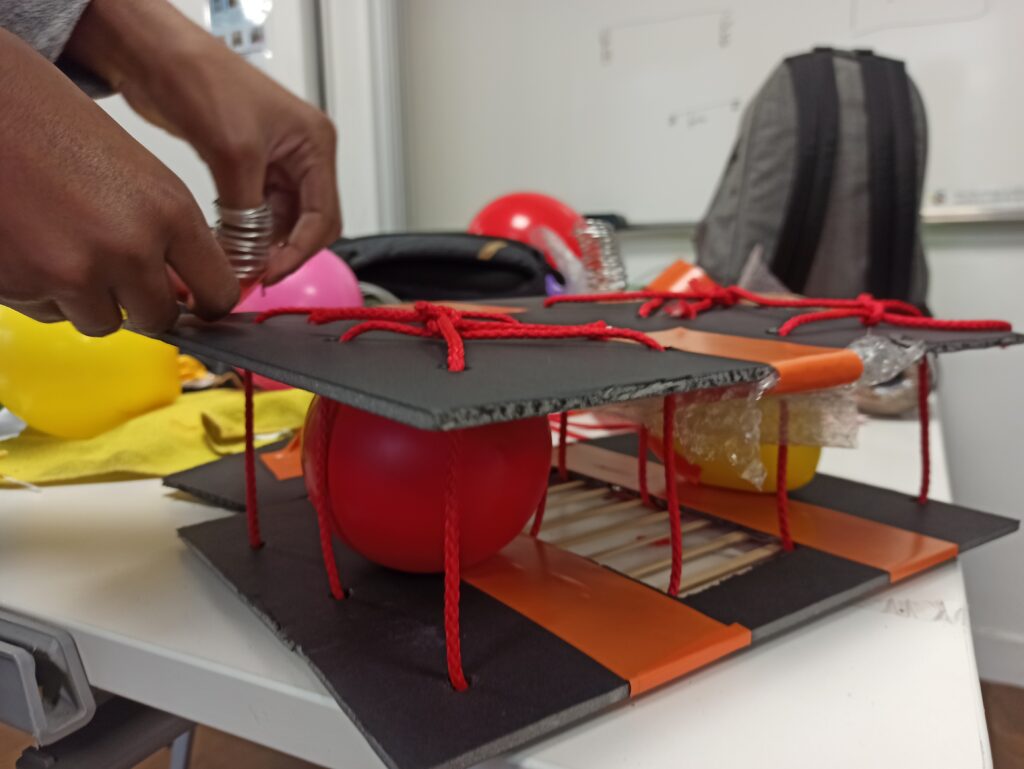
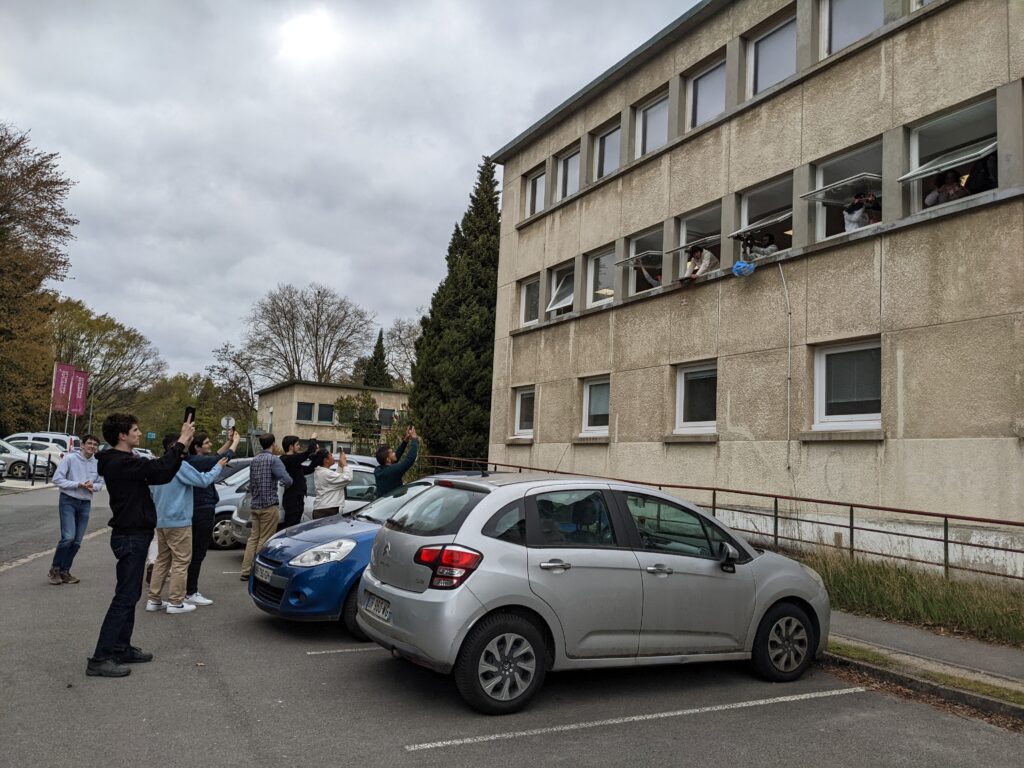
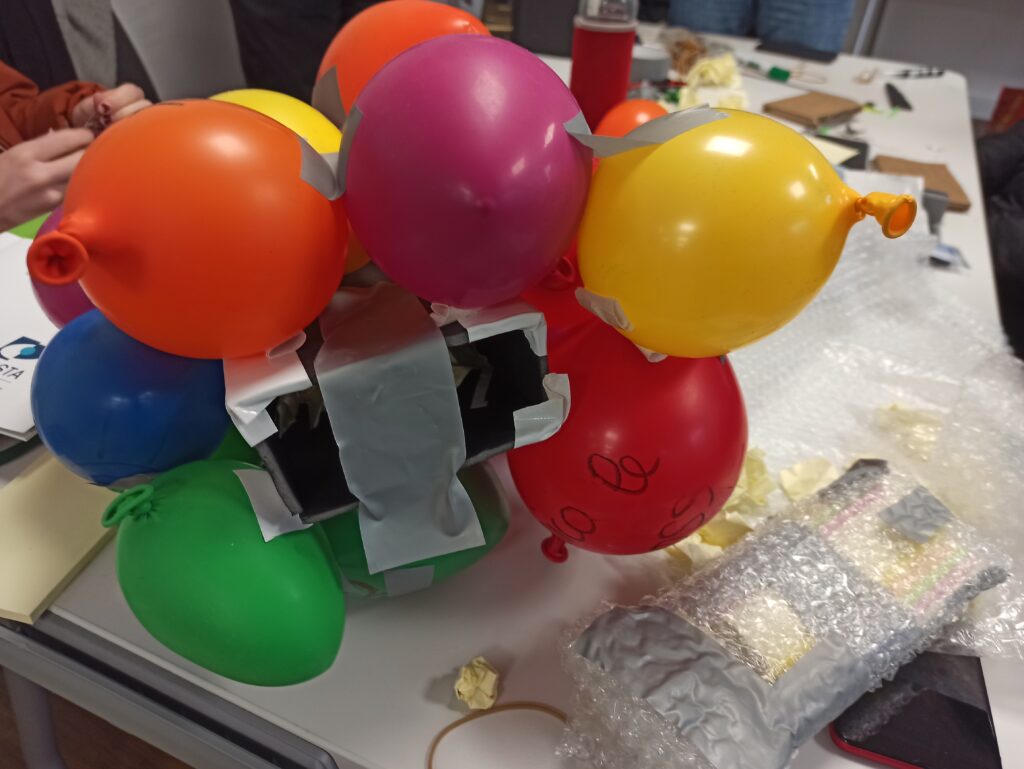
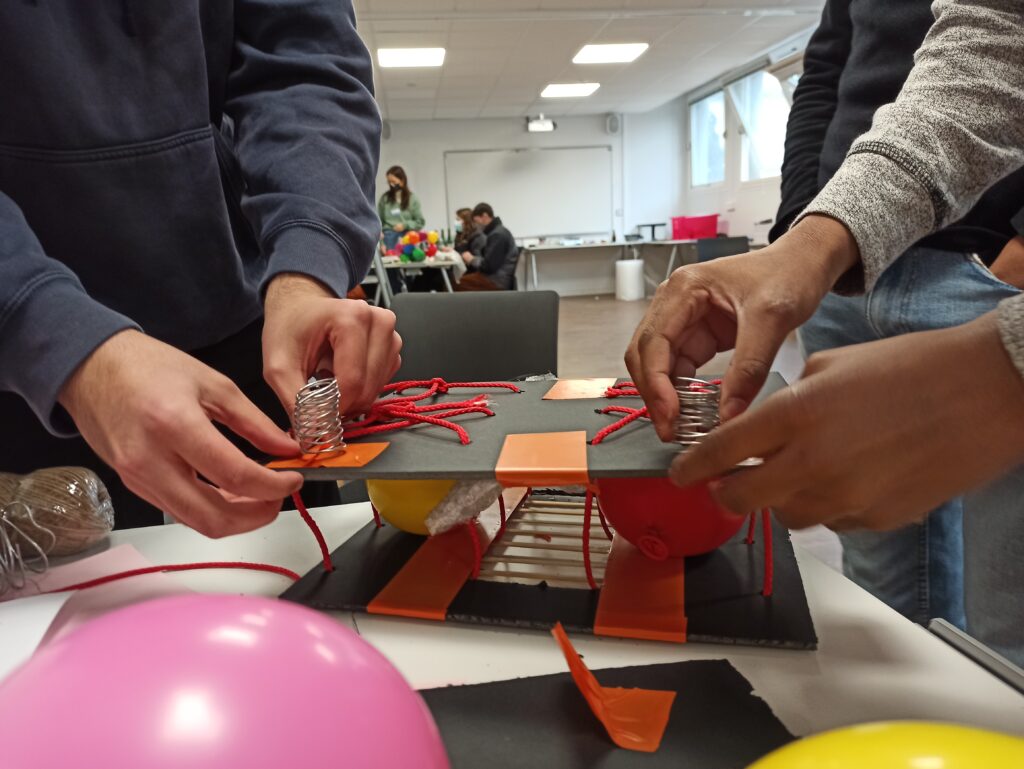
TRANSITION
Show the video KJU T7: An agent in South Korea indicates: we recovered the smartphone / but there is a secret code to activate it that we cannot find. The North Korean spy will send it to us through a “tangible” channel to escape internet surveillance. You have to help him make a light transmitter/receiver with his basic kit and decide on a code to be able to send a sequence of a 4-digit pin code.
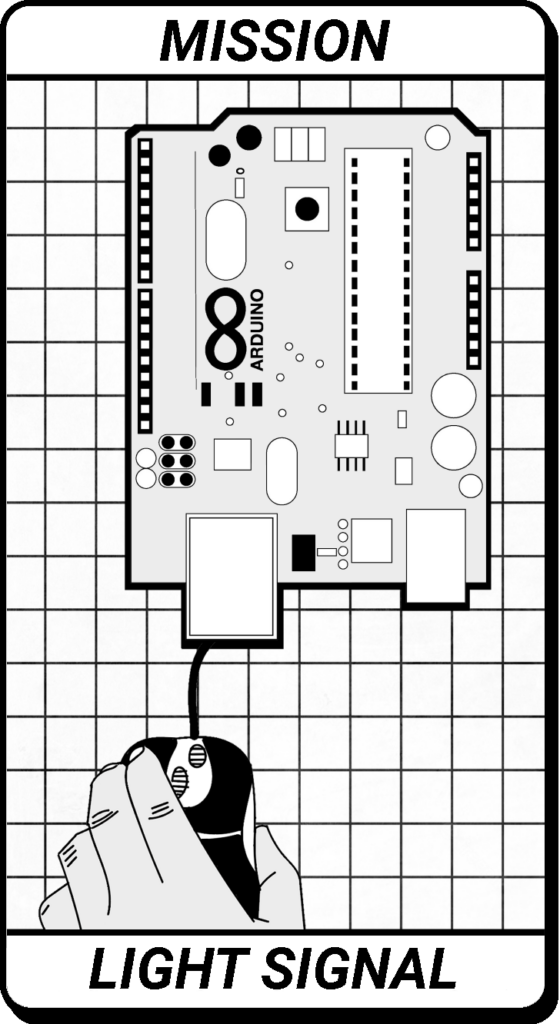
TASK : ARDUINO AND LIGHT CODES
The afternoon
In this test, students must first design an LED system that emits any succession of ON and OFF and if possible another system that detects it.
Then they have to test that they are able, between them, to transmit and decode a 4-digit secret code with the encryption system they want.
Optional: we choose the prototype that works best and we wire it with a longer cable distance (5 meters) and we separate the students (two different rooms, or at the top and bottom of a window) and we gives a code to one of the groups, the other to decode it.
Give participants the link to the AR22 protocol.
Practical course of the test:
A sufficient number of Arduino kits must be provided: Arduino card (Uno for example), LED, resistor, light sensor (preferably analog, it’s simpler). Also provide a reel of wire (prefer cables with several wires, to facilitate handling of long lengths), and welding equipment and cutting pliers.
If the students have never used microcontroller boards, they should be given an introductory lesson. A teacher plays the role of “Arduino specialist” and comes to train the team at the bare minimum: he quickly explains the principle of a microcontroller board, and gives the boards the task of “testing your board”, “turning on a led” and ” measure voltage” from the opentp.fr website (https://opentp.fr/card/). For students who have knowledge of programming and have done some electricity, 30 minutes is enough.
Depending on the students and the objectives, additional constraints can be added (“additional constraints issued by the operational team”)
-change cable length
– impose a fast flow in transmission and reception of light signals
– impose a morse encoding/decoding by the microcontroller
The event ends with a collective session of tests and demonstrations. The students must then agree together which is the best prototype and the supervisor announces that he will send the plan and photos to the spy immediately.
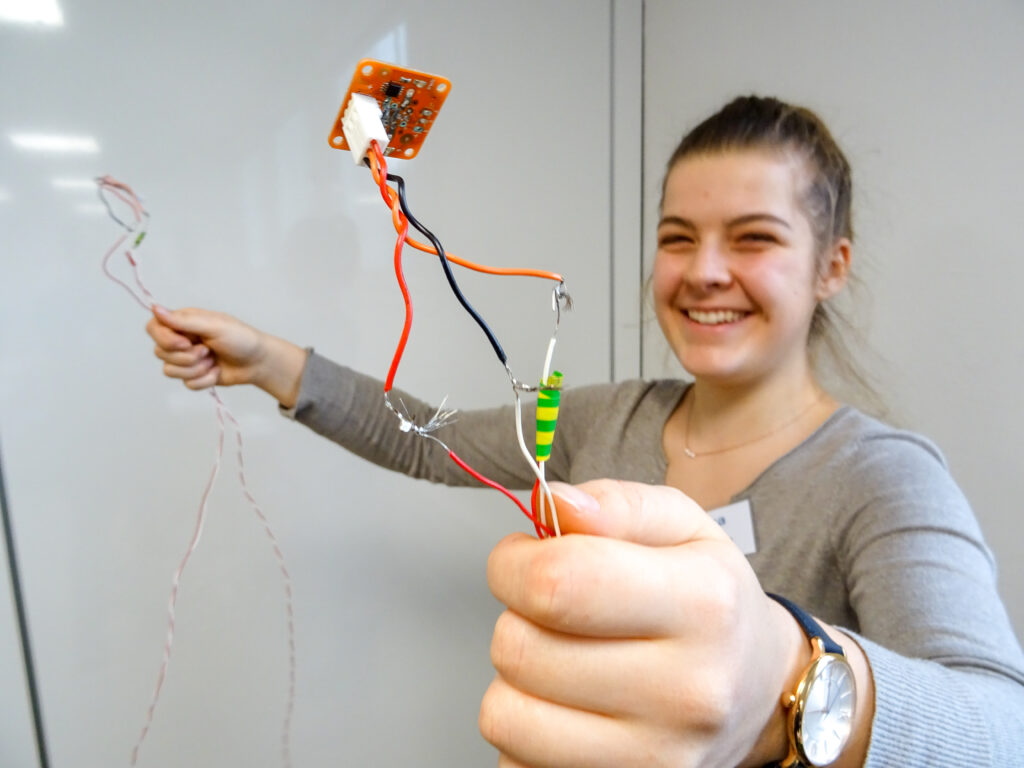
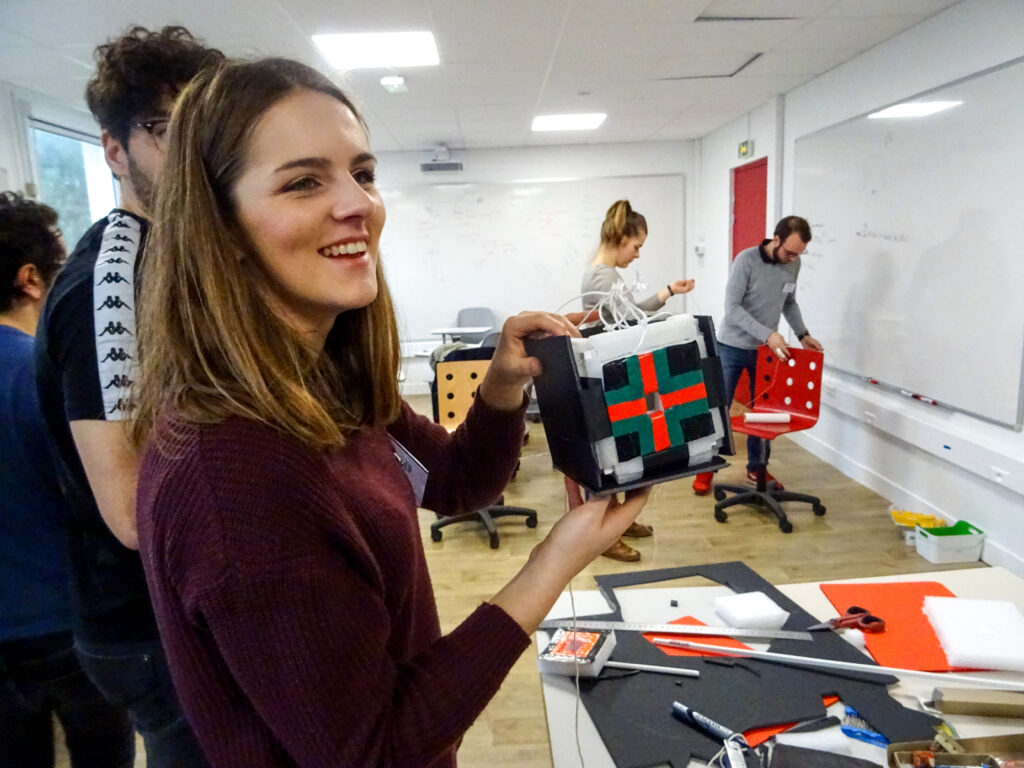
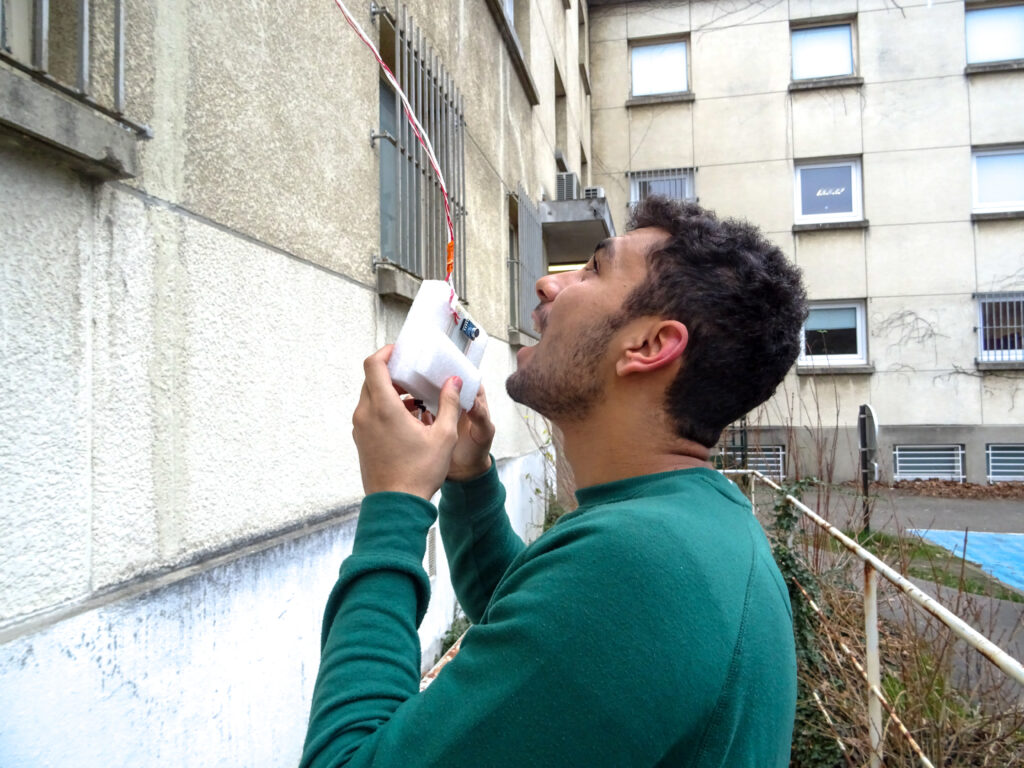
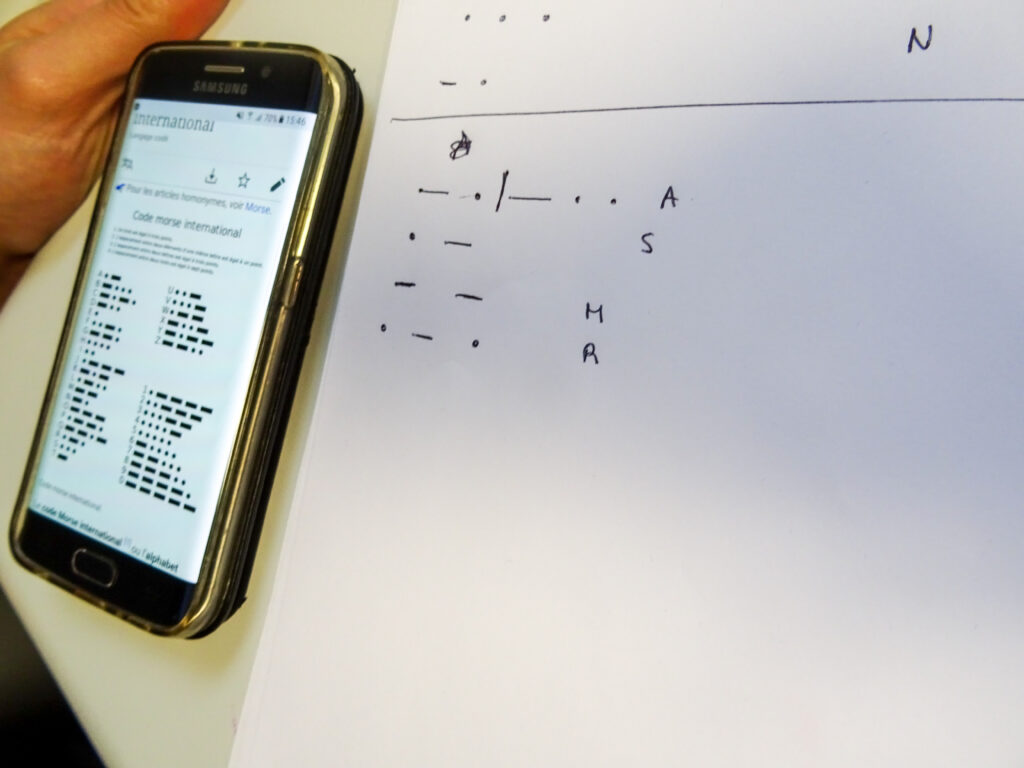
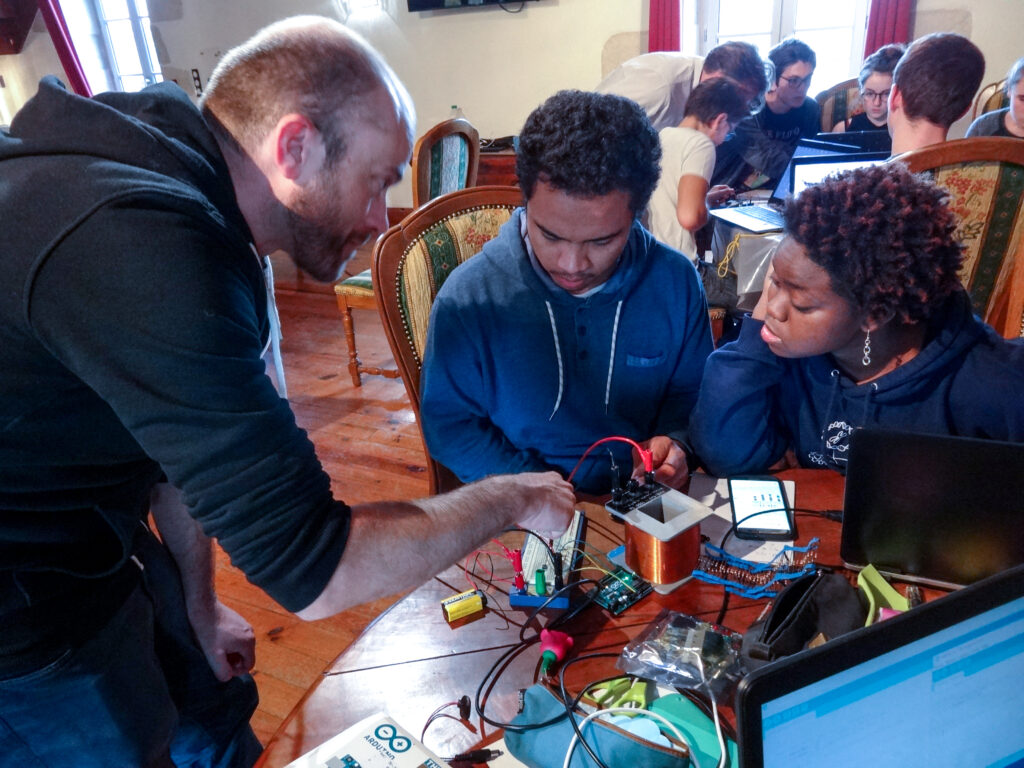
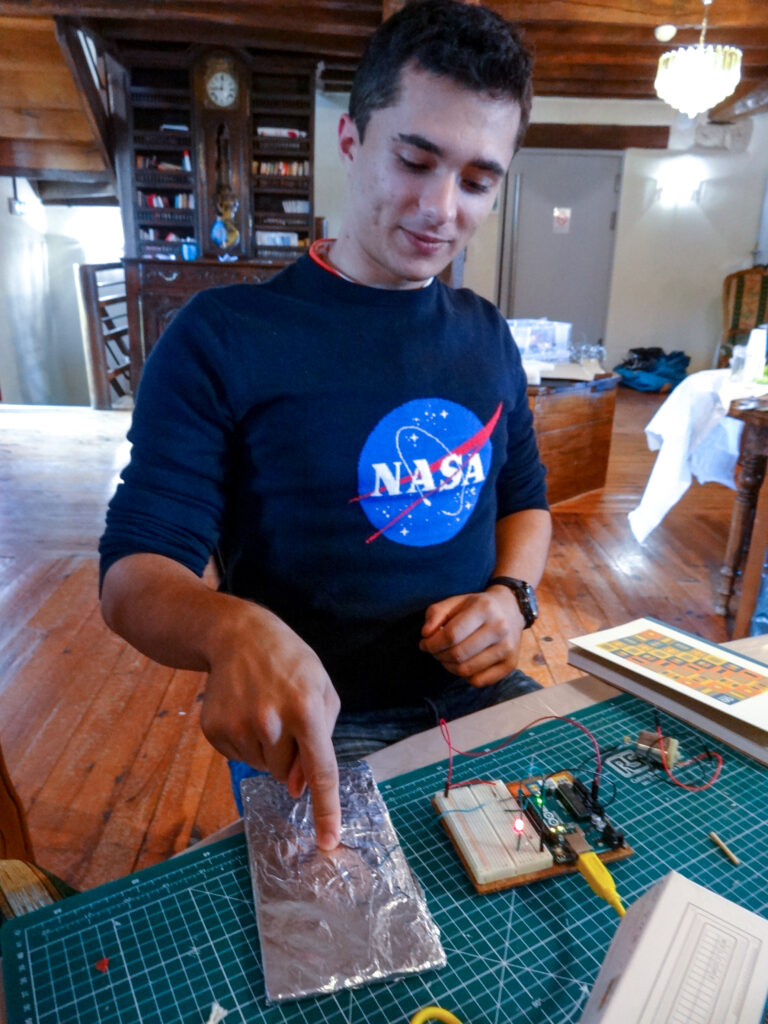
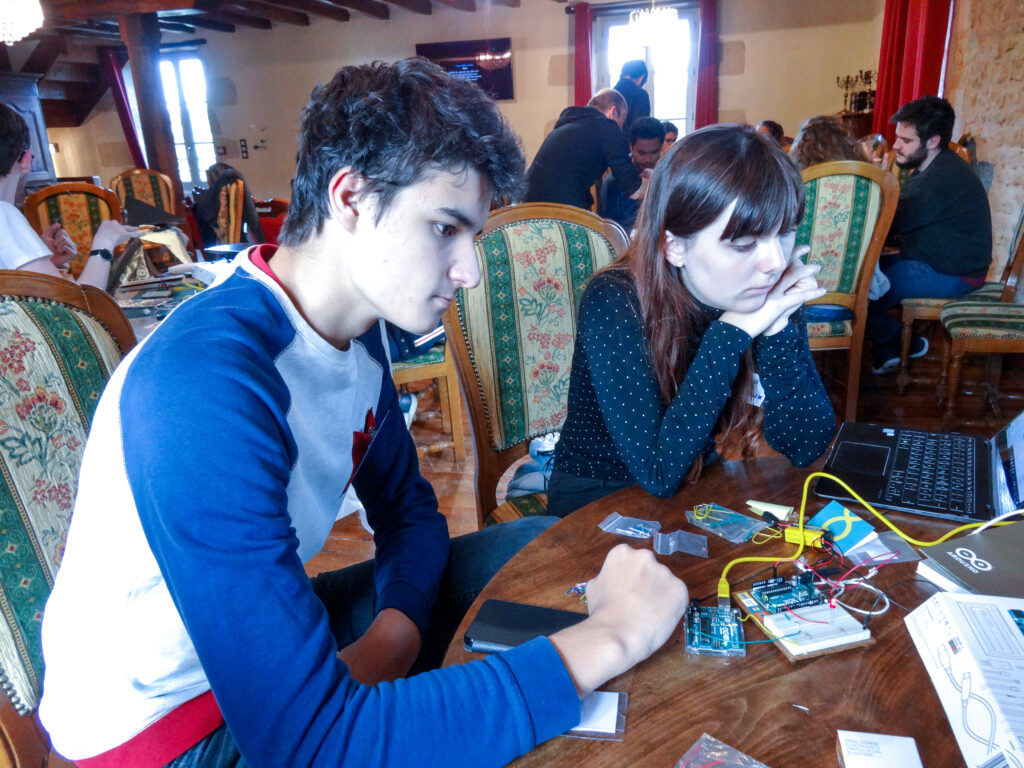
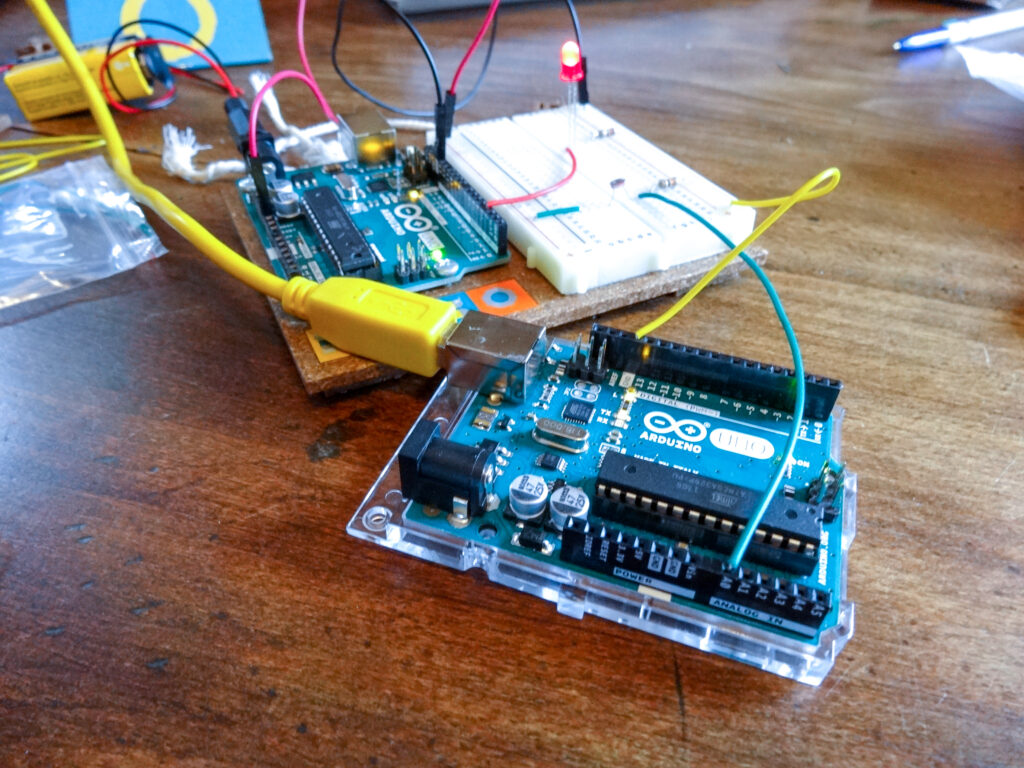
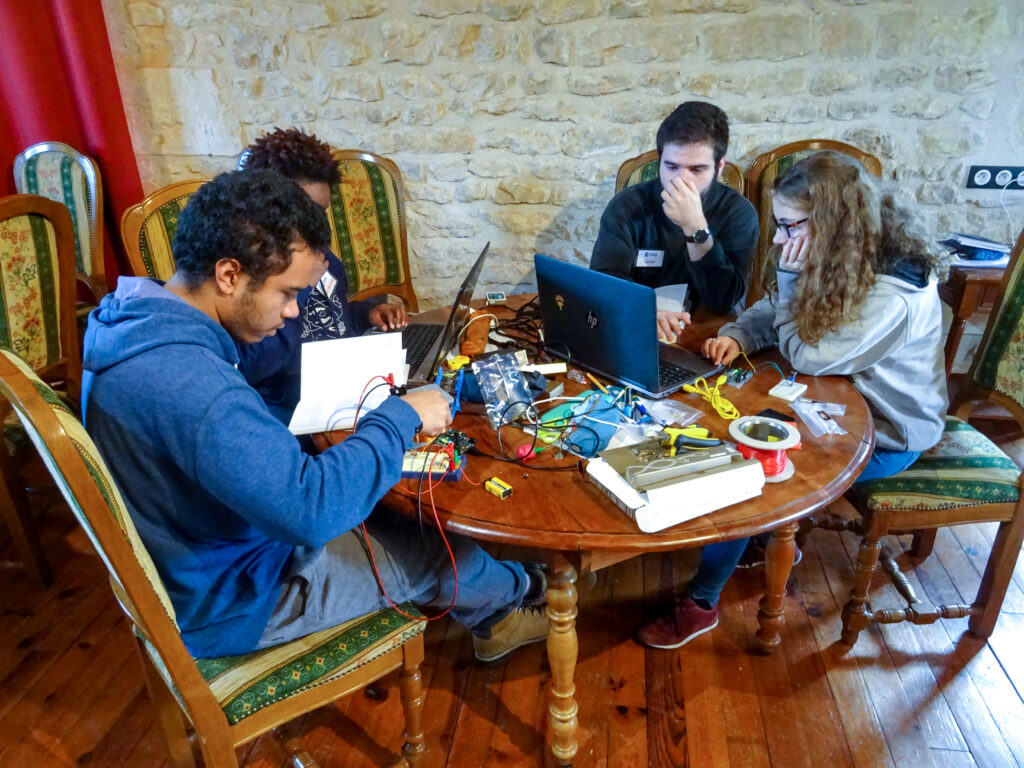
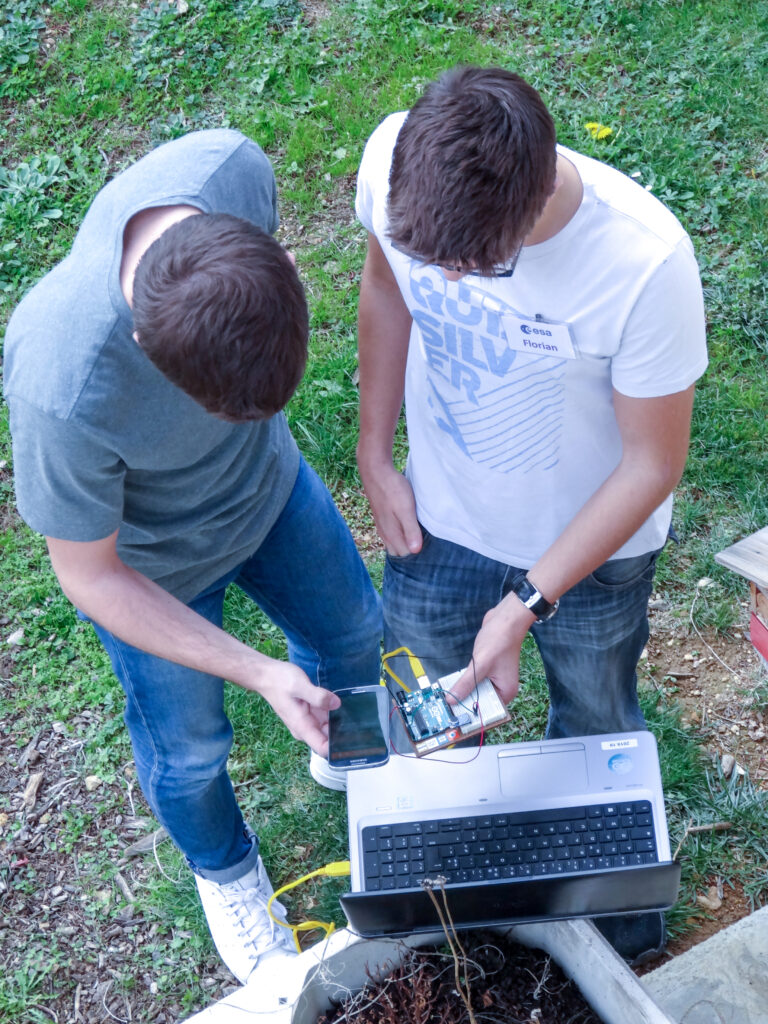
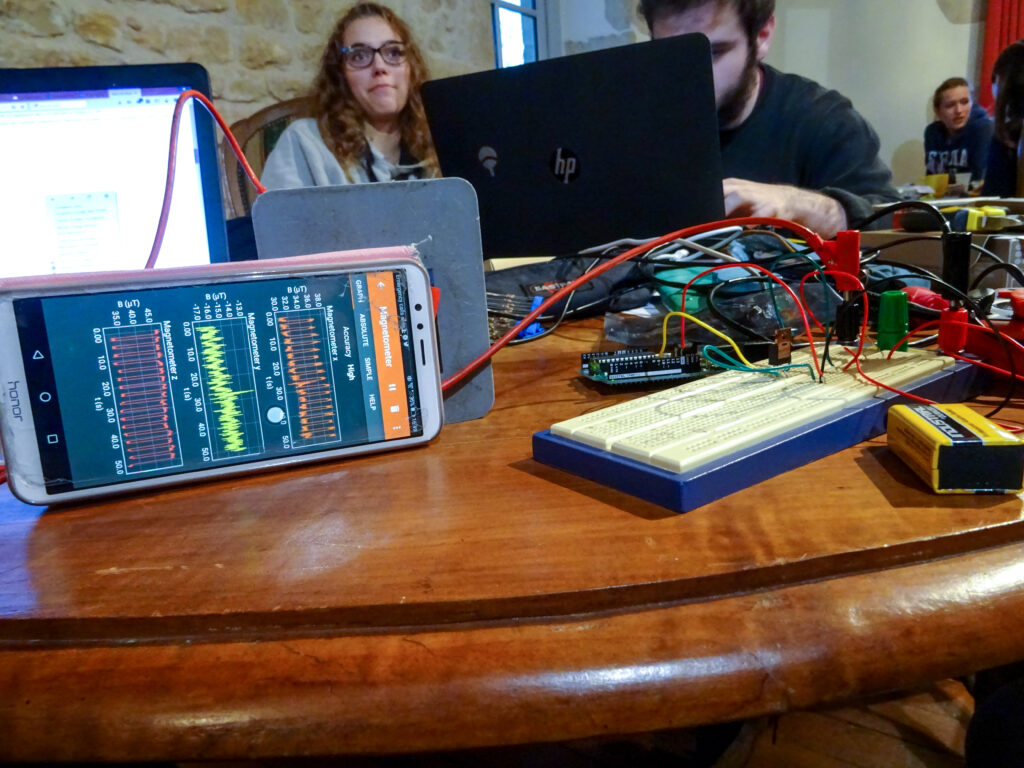
EPILOGUE
final video KJU E7: an agent in South Korea tells them that the services have recovered the smartphone – it allowed them to access the codes of the last missiles then end credits (you can add the names of the participants, students and teachers to the credits).